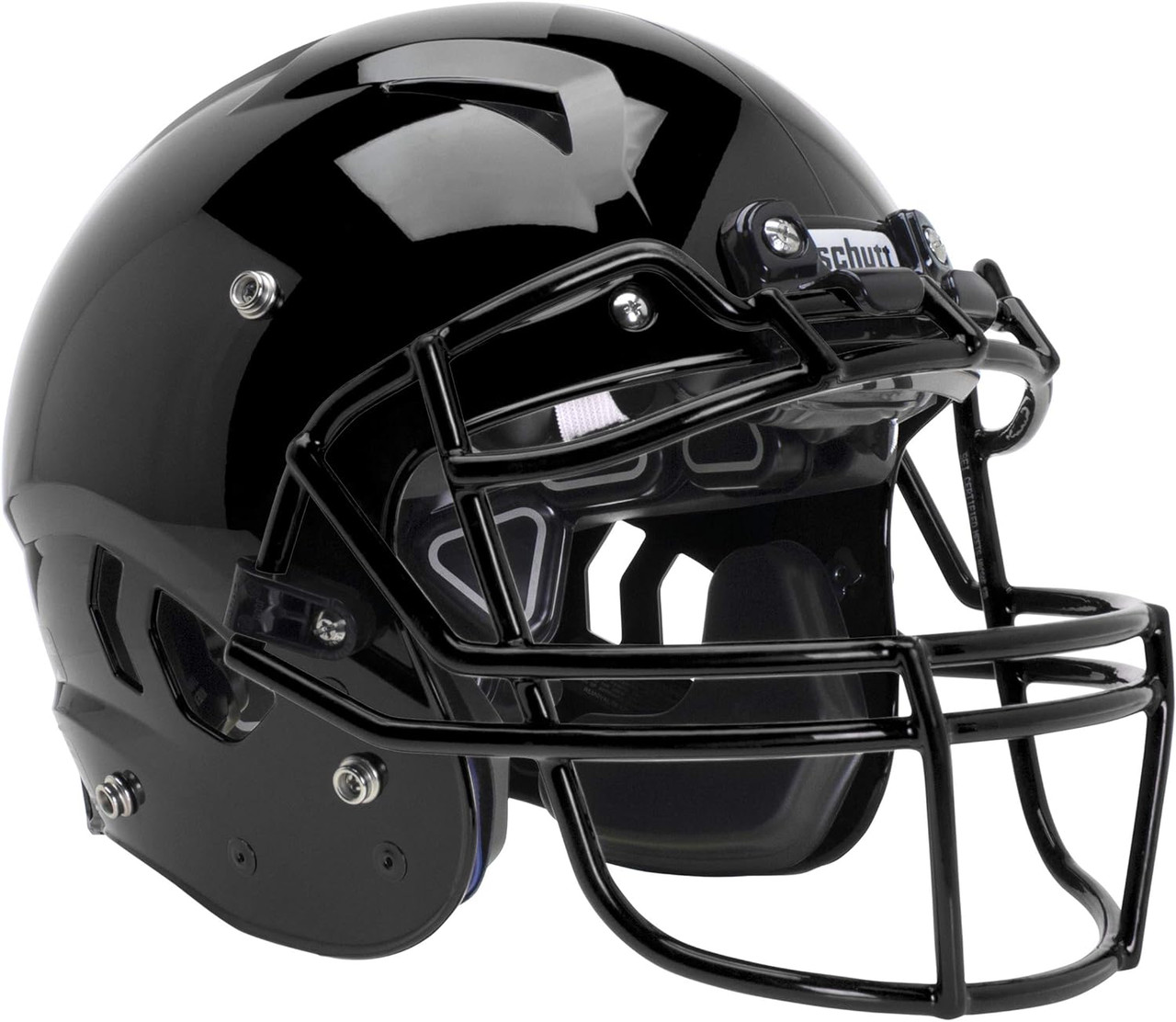The Evolution of Football Helmets: Safety Innovations Over the Years
Posted by Kayla Murphy on 2nd Sep 2024
The football helmet has undergone significant changes since its inception, evolving from a simple leather cap to a high-tech piece of equipment designed to protect players from the intense physical demands of the game. Let's explore how football helmets have transformed over the years and the safety innovations that have shaped them into the crucial gear they are today.
The Early Days: Leather Helmets
In the early 1900s, football helmets were little more than padded leather caps, primarily designed to protect players' ears rather than their heads. The first helmets provided minimal protection and were often uncomfortable, but they marked the beginning of helmet use in the sport. Back then, the focus was more on protecting the skull from fractures rather than preventing concussions or other brain injuries.
The Introduction of Plastic Helmets
By the 1940s, the game had become faster and more physical, leading to the development of the first plastic helmets. These helmets, introduced by the Riddell company, provided better protection than leather and were much more durable. The transition from leather to plastic was a game-changer, offering players significantly more protection and paving the way for further advancements in helmet technology.
The Addition of Face Masks
As the game evolved, so did the need for better facial protection. In the 1950s, face masks were added to helmets, initially made of a single bar across the front. Over time, these face masks evolved into the complex, multi-bar designs we see today, offering better protection for the face while still allowing players to see the field clearly. The addition of face masks was a significant step forward in player safety, helping to prevent facial injuries and allowing players to play more aggressively.
Foam Padding and Improved Liners
Throughout the 1960s and 1970s, helmet manufacturers began focusing on the interior of the helmet, introducing foam padding to better absorb impacts. The foam padding helped distribute the force of a hit across a larger area, reducing the risk of injury. Manufacturers also developed better-fitting liners, which made helmets more comfortable and secure on players' heads, reducing the likelihood of the helmet shifting during a play.
The Rise of Air-Filled Helmets
In the late 1970s, air-filled helmets were introduced, offering an even better fit and increased protection. These helmets featured air pockets that could be inflated to match the player's head shape, providing a custom fit. The air-filled design helped to absorb and distribute the force of impacts, further reducing the risk of head injuries. This innovation marked another significant step in the evolution of football helmet safety.
Modern Helmets: Advanced Materials and Technology
Today, football helmets are marvels of modern engineering, made from advanced materials and designed with the latest technology to maximize protection. Helmets now feature polycarbonate shells, which are incredibly strong and lightweight, and multi-layered padding systems that offer superior shock absorption. Some helmets also include sensors that can monitor the force of impacts, providing real-time data to help identify potential injuries.
The Focus on Concussion Prevention
In recent years, there has been a growing focus on preventing concussions, leading to the development of helmets specifically designed to reduce the risk of brain injuries. These helmets often feature additional padding, specialized materials that better absorb impacts, and designs that reduce rotational forces on the head. As awareness of the long-term effects of concussions has grown, so too has the emphasis on creating helmets that protect players' brains as much as their skulls.
The Future of Football Helmets
The evolution of football helmets is far from over. Researchers and manufacturers are constantly working on new ways to improve helmet safety, from experimenting with new materials to developing helmets that can actively respond to impacts. The future of football helmets may include even more advanced technology, such as helmets that can instantly adjust their fit or materials that can better absorb and dissipate energy from hits.
As football continues to evolve, so too will the helmets designed to protect players on the field. At Lifestyles Sports, we understand the importance of having the best gear to keep you safe while you play. That's why we offer a wide selection of the latest football helmets, featuring cutting-edge safety technology to ensure you're protected every time you step on the field. Whether you're a seasoned player or just starting, visit our store at 1901 Wantagh Ave in Wantagh, NY, to find the perfect helmet for your needs. Safety should always be your top priority, and we're here to help you find the gear that gives you the confidence to play your best.






